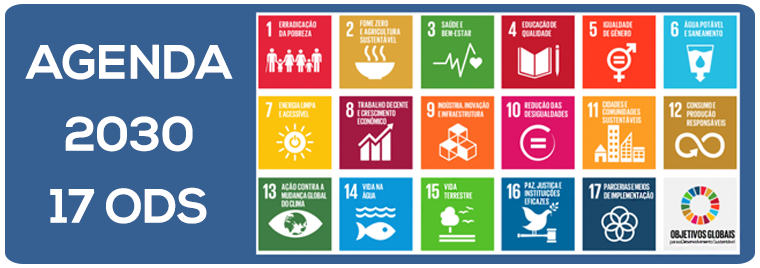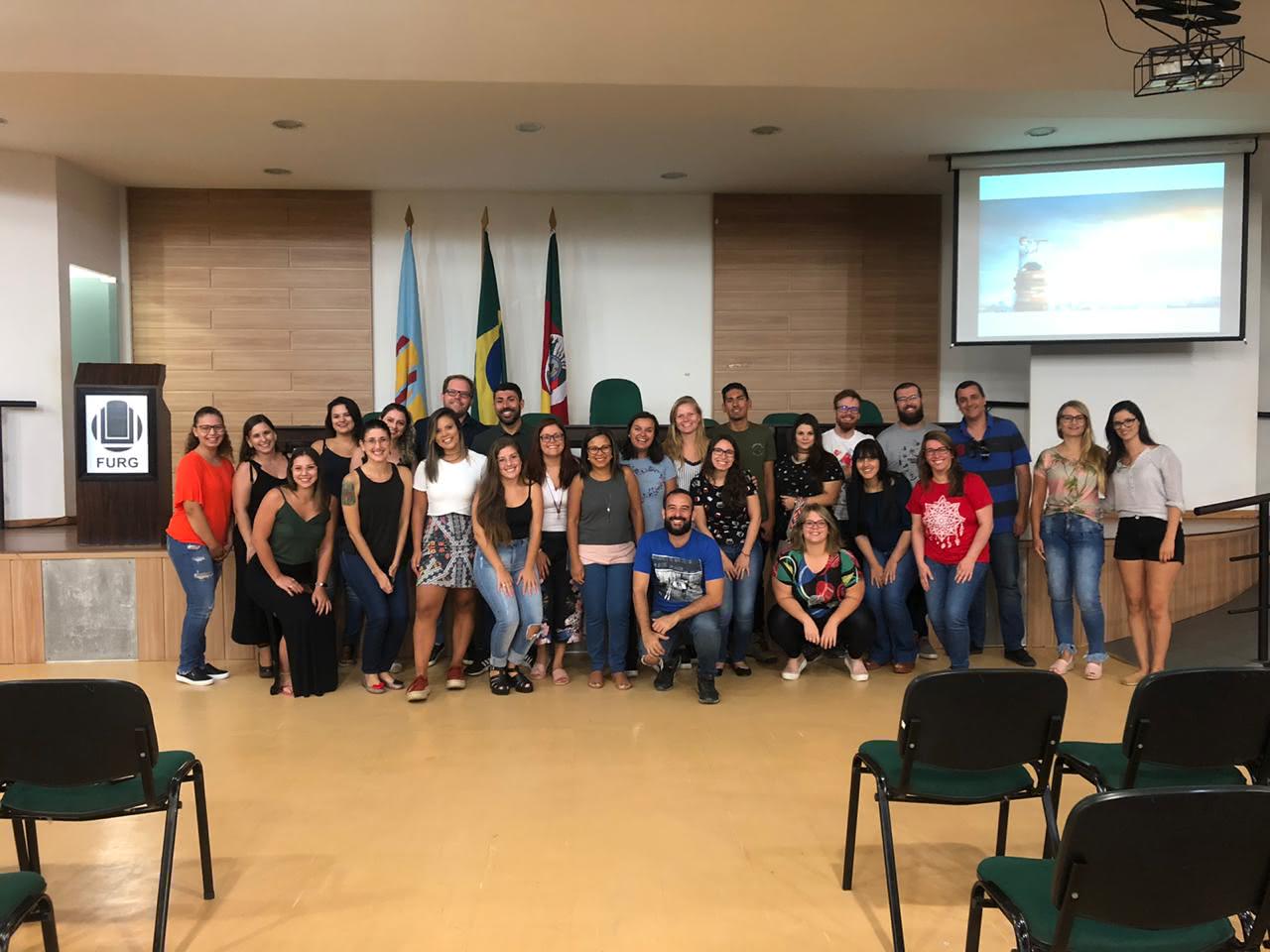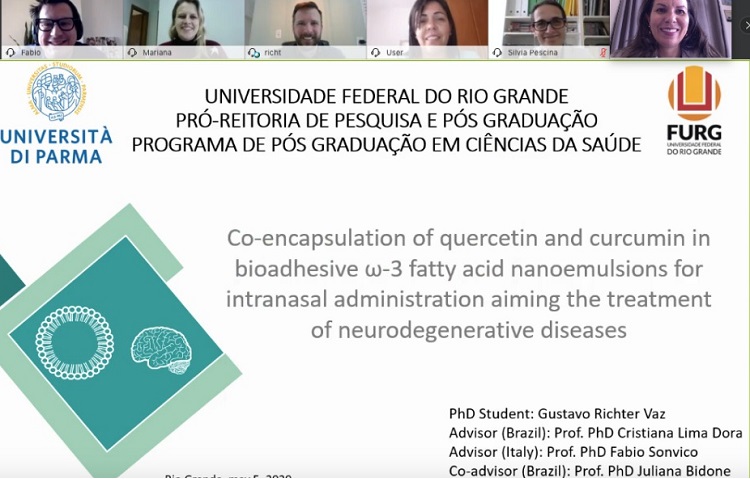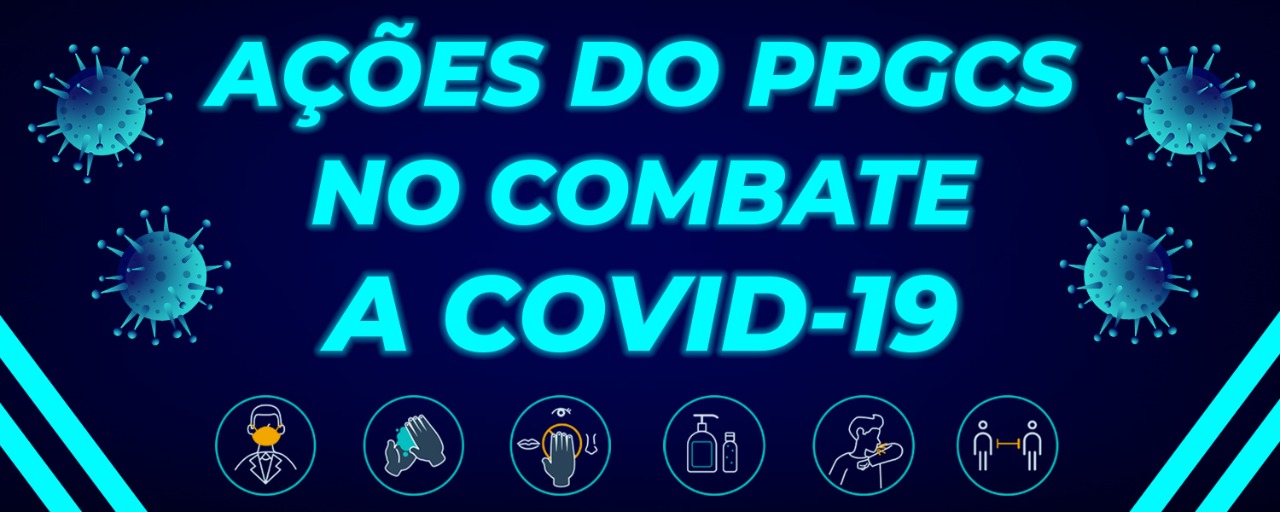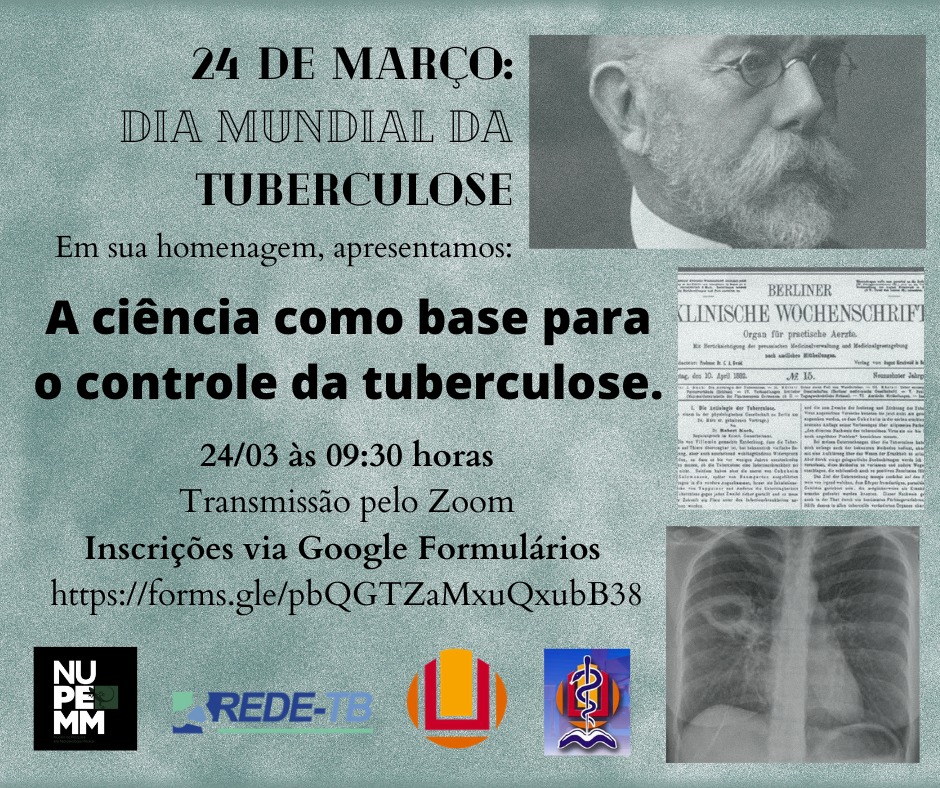O laboratório como suporte para o controle da tuberculose
Autor: Ana Julia Reis (Currículo Lattes)
Resumo
Nos últimos anos diferentes metodologias para o diagnóstico da tuberculose (TB) foram desenvolvidas. Entretanto, a implantação destas novas ferramentas, deve ser criteriosamente avaliada quanto ao seu impacto relacionado a acurácia e custo-benefício. Neste sentido, o estudo teve como objetivo geral avaliar o laboratório como suporte para o controle da TB. Realizou-se um estudo transversal, incluindo todas as amostras pulmonares e extrapulmonares recebidas, no laboratório de Micobactérias do Núcleo de Pesquisa em Microbiologia Médica, do Hospital Universitário Dr. Miguel Riet Correa Jr, em Rio Grande/RS, Brasil, no período de abril de 2015 a abril de 2016. Para a comparação de métodos diagnósticos, foram avaliados a microscopia de Ziehl Neelsen (ZN), microscopia de Auramina O (AO), cultura líquida em BACTEC MGIT® (BD - Becton, Dickinson and Company) e Teste Molecular Rápido (TMR). Como padrão-ouro para detecção do M. tuberculosis, foram utilizados os métodos cultura líquida, com confirmação molecular do Complexo M. tuberculosis pela identificação da presença da IS-6110, e/ou TMR. Todos os pacientes com amostras positivas pela cultura líquida e com confirmação por IS-6110, tiveram uma de suas amostras genotipada pelo MIRU-VNTR 15 loci e foram testadas frente a isoniazida, rifampicina, etambutol e estreptomicina. No período de estudo foram recebidas 778 amostras clínicas, oriundas de 423 pacientes. Do total de pacientes, 88,9% (376/423) foram incluídos na comparação de métodos diagnósticos, sendo 20% (75/376) positivos para TB. A prevalência de coinfecção TB/HIV entre os pacientes foi de 54,7% (41/75). Verificou-se que o TMR apresentou melhores resultados de sensibilidade, especificidade, valor preditivo positivo, valor preditivo negativo e acurácia, seguido pelos métodos cultura líquida, microscopia de AO e microscopia de ZN. Para a genotipagem e teste de sensibilidade, foram obtidas amostras de 71 pacientes, sendo que 4,2% (3/71) foram excluídos por não apresentarem crescimento após repique em meio de cultura Ogawa-Kudoh. Entre os 95,8% (68/71) dos isolados incluídos, 58,8% (40/68) foram agrupados em 8 clusters. Nos quatro maiores clusters, 90,6% dos pacientes concidiram as datas de consultas, realização de exames e internações no hospital. Isto sugere uma possível transmissão nosocomial de M. tuberculosis. Dentre os isolados avaliados no teste de sensibilidade aos antimicrobianos, 11,8% (8/68) foram resistentes a pelo menos um dos antimicorianos testados, sendo 37,5% (3/8) agrupadas em um mesmo cluster. O TMR é uma ferramenta promissora no diagnóstico da TB, com alta especificidade e sensibilidade, além de possuir vantagens relacionadas ao tempo de detecção e a capacidade de identificar resistência a RIF. Além disto, neste estudo foi possível verificar a ocorrência de possível transmissão nosocomial entre pacientes com TB, inclusive de cepas resistêntes aos antimicrobianos. Neste sentido, o estabelecimento de medidas de controle de infecção, com a participação efetiva do laboratório no diagnóstico precoce e na realização de teste rápido para determinaçao do perfil de sensibilidade aos antimicrobianos, para que posteriormente ocorra a implementação de esquemas terapêuticos eficazes, são elementos cruciais para evitar a disseminação do M. tuberculosis em estabelecimentos de saúde, especialmente aqueles com alta carga da doença.


